!["On this principle the common balance, represented [here] is constructed. A beam is poised on the top of a pillar, so as to be exactly horizontal. From each end of the beam, at equal distances from the fulcrum, a pan is suspended by means of cords. The object to be weighed is placed in one of these plans, and the weights in the other." —Quackenbos 1859](https://etc.usf.edu/clipart/36300/36337/balance2_36337_mth.gif)
Balance
"On this principle the common balance, represented [here] is constructed. A beam is poised on the top…
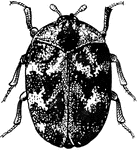
Adult Common Carpet Beetle
An adult common carpet beetle, a small grayish or black beetle belonging to the order Coleoptera.

Common Carpet Beetle Larva
Larva of the common carpet beetle, a small grayish or black beetle belonging to the order Coleoptera.

Common Carpet Beetle Larva
Larva of the common carpet beetle, a small grayish or black beetle belonging to the order Coleoptera.

Common Carpet Beetle Pupa
Pupa of the common carpet beetle, a small grayish or black beetle belonging to the order Coleoptera.
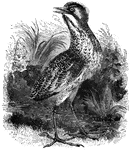
Common Bittern
The common bittern of Europe feeds at night, primarily on frogs, lizards, small birds, and fish.
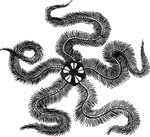
Common brittle-star
Among the several species of Brittle-Star found in the British seas is the Common Brittle-Star, Ophicoma…
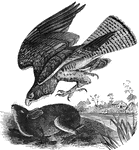
Common Buzzard of Europe
"B. vulgaris is twenty-two inches long, the head is large and the body heavy. Above, the color…
!["The Pen-Fish or Common Calamary, <em>L. vulgaris</em>, is the best-known species of the genus; the body is somewhat pellucid, of a greenish hue, changeable to dirty brown; the eyes are large and lustrous, of an emerald green, phosphoric, and fiery in a high degree. It is common in the european seas, and was known to the ancient Greeks and Romans. [Shown with a quill pen]" — Goodrich, 1859](https://etc.usf.edu/clipart/14000/14004/cmncalamari_14004_mth.gif)
Common calamari
"The Pen-Fish or Common Calamary, L. vulgaris, is the best-known species of the genus; the…

Common Carp
"It is ten to forty inches long, and sometimes attains the weight of a hundred pounds; the general color…

Common chameleon
Measuring between sixteen and eightenn inches long, the common chameleon of Europe is native to India…
!["The common chipping-knife, used by apothecaries, and represented [here], is a familiar illustration of levers of the second kind [class]." —Quackenbos 1859](https://etc.usf.edu/clipart/36300/36342/chipknife_36342_mth.gif)
Chipping Knife
"The common chipping-knife, used by apothecaries, and represented [here], is a familiar illustration…

Common Cod
"It is two to four feet long, and weighs from two to seventy spounds; the general color is greenish…

Common Ash
"A genus of trees belonging to the natural order Oleaceae, and distinguished by very imperfect flowers,…

Common Ash
"Common Ash. a, a branch with leaves; b, flowers; c, fruit (on a considerably larger scale than the…

Branch of Common Juniper
Also known as Juniperus communis. It is generally found throughout the Northern Hemisphere.
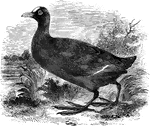
Common European coot
Averaging about sixteen inches in length, the common coot of Europe is found throughout Europe and Asia.
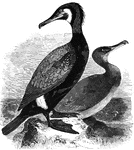
Black cormorant
The black cormorant averages about three feet in length, and is found in Greenland, as well as a long…

Common European crane
The common crane of Europe is mostly of a blueish-ash color, feeding on worms, insects, reptiles, mollusca,…
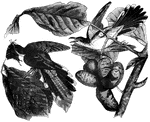
Yellow-billed cuckoo
Also known as the common American cuckoo, the yellow-billed cuckoo subsists on a diet of hairy caterpillars,…

Cuttlefish
"Twelve to eighteen inches long; the skin smooth, whitish, and spotted with brown and purple." —…

Bone of the cuttle-fish
"An internal support of a calcareous nature, and formed in laminae; this is the well-known cuttlefish…

Common Dab
"Is eight to ten inches long, feeds on crustacea, small fish, and marine insects, is often caught with…
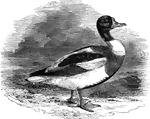
Common Sheldrake Duck
Also known as the burrow-duck and the sly goose, the common European sheldrake has been known to make…
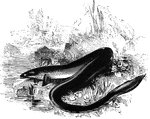
Common European Eel
"These have an elongated form, and a soft, thick, slimy skin; the scales are very minute, and imbedded…

Flounder
"Is found at the mouths of nearly all European rivers, and is especially abundant where the bottom is…
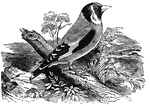
Common Goldfinch of Europe
Also known as the thistle-finch, it is often kept as a pet and taught to do tricks.
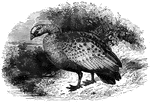
Cereopsis Goose
The cereopsis goose is found in Australia, and is about the same size as the common goose.
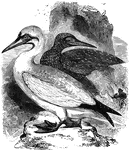
Soland Goose
Also known as common gannet and as the channel-goose, the soland-goose is common to the sea between…

Governor
"Diagrammatic section of the common form of a station governor." — Encyclopedia Britannica, 1893

Flying Gurnard
"Is from six to fifteen inches long, and is found in the Mediterranean, and also in the European and…

Common iguana
A large lizard, the common iguana is common to the tropical regions of the Americas. It spends much…

Common Linnet of Europe
The common linnet of Europe is a small, active bird that feeds primarily on seeds.
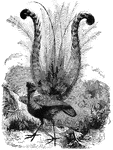
Lyre Bird
Also known as the Superb Menura, the lyre bird is noted for its distinctive tail feathers. The male…

Common Mackerel
"Eaten both fresh and salted, and is caught in immense numbers in Europe and America. It is fourteen…
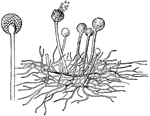
Common Mold
"Showing One of the More Common Molds found on Fruits and Bread. The tiny stalks grow verticallyinto…
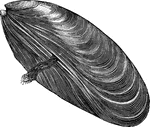
Common mussel
"Though inferior to the oyster, immense quantities of the Common Mussel, Mytilus edulis, are…

Common European Nuthatch
A small, omnivorous bird, which gets its name from the hatches or hammerings it leaves on nuts.
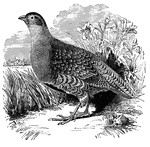
Common Partridge of Europe
The common partridge of Europe, or gray partridge, is found throughout Europe, Asia, and Africa. Its…
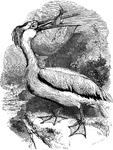
Common White Pelican
The common white pelican measures about five to six feet in length, with a wingspan of approximately…

European Perch
"One of the best and handsomest of the freshwater fishes of that quarter of the globe." — Goodrich,…
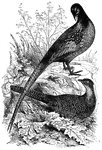
Pheasant of Europe
The common pheasant of Europe is prized as a game bird, and prefers to make its home in marshes, thickets,…

Common Pheasant
The Common Pheasant (Phasianus colchicus), is a bird in the pheasant family (Phasianidae). It is native…

Common Metalic Pump
"This consists of a brass or iron barrel, A, containing at its upper part a hollow piston and valve…
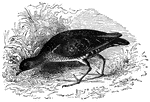
Common American Carolina Rail
Also known as the Carolina rail, soree rail, and the English rail, the common American rail is found…

Common European Water Rail
The common European water-rail is native to warmer parts of Europe, as well as portions of Asia.
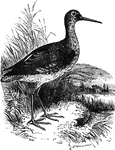
Spotted Redshank
The common red-shank averages about twelve inches in length, and makes its home along sea-shores, and…
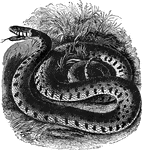
Common ring-snake
"The common snake of Europe... frequents woods, bogs, and other sheltered situations in the vicinity…
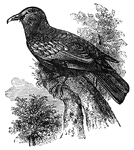
Common Roller
The common roller, which subsists on a diet of fruits and insects. It builds its nests in the holes…
!["The most common way of determining the density of such a body [that is heavier than water] if it is unsoluble in water, is to find its weight in air (w); find its weight when immersed in water (w'); divide the weight in air by the loss of weight in water." -Avery 1895](https://etc.usf.edu/clipart/35900/35973/uscale_35973_mth.gif)
Scale Designed to Weigh Objects While Underwater
"The most common way of determining the density of such a body [that is heavier than water] if it is…
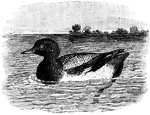
Scaup, a Common Duck
"A duck, Fuligula or Fulix marila and related species. The common scaup inhabits Europe, Asia, and North…
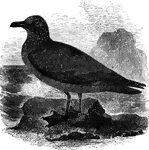
Common Scua
Found throughout Northern Europe, the common skua has been known to attack other birds in order to steal…
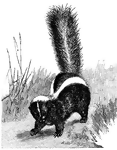
Common Skunk
"A fetid animal of the American genus Mephitis, M. mephitica... The animal inhabits all of temperate…
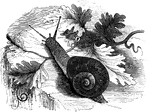
Common snail
"This is furnished with four tentacula, two of which are smaller than the others; at the end of these,…





